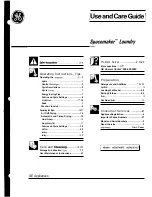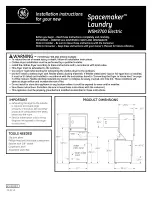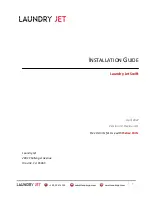
3
VACUUM PACKAGING GUIDELINES
•
Follow all food safety regulations as outlined by the FDA at
www.FDA.gov.
•
Vacuum packaging is NOT a substitute for canning.
•
Vacuum packaging is NOT a substitute for refrigeration or
freezing.
•
Vacuum packaging cannot reverse the deterioration of
foods.
•
Some fruits and vegetables may release gases, known as
outgassing. When vacuum packaging these fruits and
vegetables, outgassing can cause the vacuum to be
gradually lost over time. Blanching or freezing before vacuum
packaging helps prevent outgassing from occurring.
NOTE: Due to the risk of anaerobic bacteria, soft cheeses, fresh
mushrooms, and alliums (garlic, onions, leeks, etc.) should never
be vacuum packaged.
•
It is critical that safe food handling and storage procedures
are followed. You can reduce the growth of microorganisms
by storing foods at temperatures below 40°F (4°C) or freezing
at 0°F (-32°C). Freezing will not kill microorganisms but reduces
their chance to grow. For long-term food storage, always
freeze foods that have been vacuum packaged.
NOTE: Beef and other proteins may look darker after being
vacuum packaged. This appearance is due to the removal of
oxygen and is not an indication of spoilage.
•
Before vacuum packaging liquids such as broths, soups, or
stews, pre-freeze the item in a dish, bowl or ice tray until solid.
Remove the frozen liquid and vacuum package before
storing in your freezer until ready to use.





































